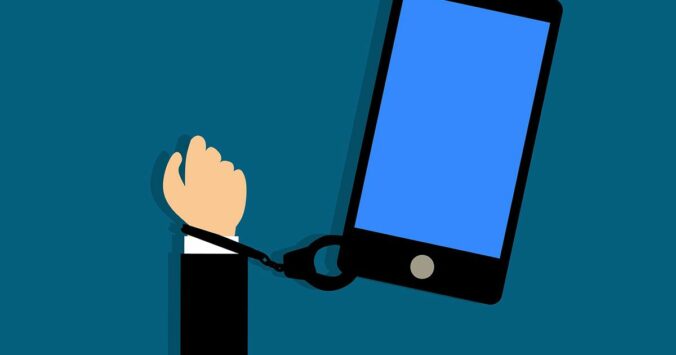Putting down the phone doesn’t shut off your brain. The effects of using our devices and staring at screens don’t stop when we stop.
Oxytocin
Oxytocin is best known as the ‘love hormone’. But it’s also primarily a molecule of social connection. But how is this relevant to our screen use? Well, oxytocin is triggered when we use social networking apps. Our brains interpret tweeting or messaging as if we’re directing interacting with people we can about. Posting a photo, responding to comments, tweeting people – it can all give a feeling similar to meeting with friends in person.
Dopamine
Dopamine is another reason we’ve come to somewhat depend on technology. In a social content, any positive social stimuli can result in dopamine being released – almost like a reward. It reinforces the behaviour that preceded it, which includes interaction over any screen. Text messages, likes and comments, notifications – they all have the potential to release dopamine.
The result tends to be short-term, addictive, dopamine-driven feedback loops. If you compulsively check for notifications, it’s because most apps use variable reward schedules optimised to encourage you to stay engaged. We perceive the reward to be delivered at random and end up checking habitually – almost in the same way a slot machine works.
Cortisol
Cortisol is known as the ‘fight-or-flight’ hormone. It’s what lets you know when you’re in potential danger. But if you’re the type of person who regularly (say, every 15 or so minutes) checks your phone, putting it down can trigger a release of cortisol. When we don’t have an alert or notification every time we check our phones, so our brain starts to wonder about checking. To get rid of the anxious feeling that cortisol gives you, you pick up your phone to see if anything has happened.
But as we learn more about what’s going on in our heads when we use digital devices, we can reflect on our usage and start to change how they make us feel. We can actively try to create situations where we don’t need our devices.
